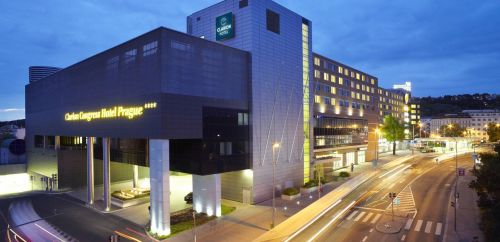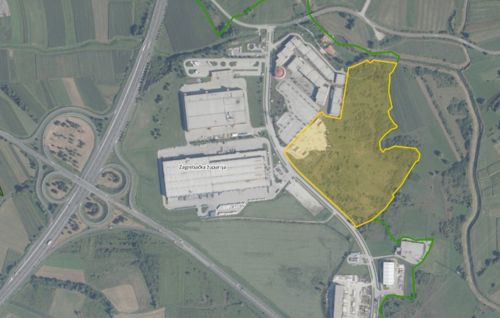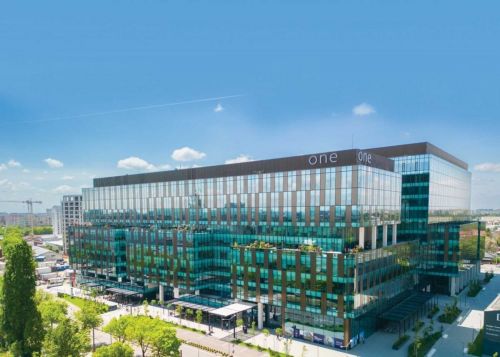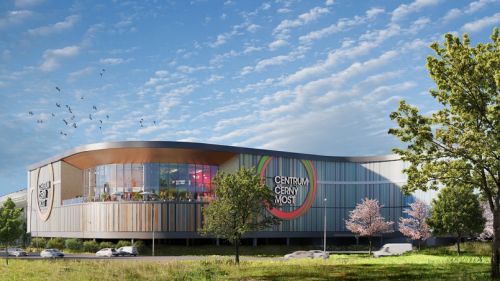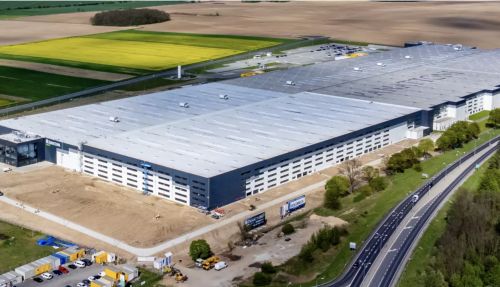Changing environments
Green projectsZWiak
WORLD Greeen buildings are going to be of an even higher quality and their users will have even more comfort. How is this possible?
Due to an amendment to the LEED ecological certification system, which comes into force in mid-November. It is called LEED v4 and is being introduced by the United States Green Building Council (USGBC). Since the companies and the institutions who make up the organisation as well as external experts have pointed out that the changes are too sudden, there will be a transition period until June 2015. Until then it will still be possible to use the LEED 2009 version. “This is a move that will certainly be positively viewed by building material producers who have been involved in eco-friendly activities for many years,” predicts Mirosław Mucha, the director of the Rockfon brand in Poland. LEED v4 is intended to offer new solutions for such buildings as existing schools, existing shopping centres, new and existing warehouses, distribution centres, hotels and residential facilities. The changes that are to be introduced by the amendment stipulate the use of a minimum of 20 products from at least five producers who have submitted environmental declarations (containing information on the environmental impact of the raw materials purchased, its energy consumption and efficiency, the chemical composition of the materials, their discharge into the air, soil and water, and the waste produced), as well as the use of products with low emissions of harmful substances and new acoustic requirements for buildings (such as the echo in a room). Requirements for the responsible acquisition of resources and the lighting in rooms have also been updated. One novelty is the fact that it will not be possible to create smoking rooms anymore.
What are the changes for?
“The changes in the current LEED certification standards and the introduction of the LEED v4 system by the US Green Building Council result from greater market requirements, as well as the need to streamline the system that has revolutionised the approach to sustainable building in over 145 countries across the world in the last ten or so years. The work on the changes took more than three years and involved hundreds of volunteers. One of the most important aspects of the changes to the system is its flexibility when it comes to local legal factors, which has been enabled by introducing the option of using the regulations of a given country that are the equivalent of typical norms applied globally. Another advantage for international users is the introduction of metric units to the manual and system tools. The changes are also an opportunity to include new buildings in the certification. Taking a quick look we can see that there is a completely new category called ‘Location and Transportation’; however, this has been sectioned off from the existing ‘Sustainable Sites’ category. The changes introduced as part of the new ‘BuildingDesign and Construction’ system cover 17 so-called prerequisites (obligatory items) and 65 so-called credits (voluntarily chosen items). The certification grades remain unchanged: ‘Certified’, ‘Silver’, ‘Gold’ and ‘Platinum’, as well as the point thresholds needed to obtain them,” says Dominik Włodarczyk, a BREEAM and LEED assessor at Turner & Townsend.
Waiting for the changes
Considering that after 2020 buildings developed in Poland will have to be zero-energy (in accordance with Directive 2010/31/EU), an interesting time lies ahead for the construction industry. “Both periods – the few years before 2020 and the LEED v4 transition period – will be marked by a considerable increase in buildings’ energy productivity and, consequently, improvements in their energy and financial efficiency for the owners. This is likely to mean that the centre of gravity in the property market will shift to the creation of better quality buildings and assets. These facilities will consume around 50–70 pct less energy than buildings that exist today. So we should all be prepared for the marketing, design and technological challenges ahead us. The right combination of the latest version of LEED with the new energy and construction regulations would give a company the chance to establish an interesting and innovative market advantage in terms of the facilities they offer. How successfully the new investment strategies will be implemented will become clear over the next 3–6 years,” explains Piotr Olkiewicz, the managing director of sustainability consultants Senvi.
What are the changes for?
“The changes in the current LEED certification standards and the introduction of the LEED v4 system by the US Green Building Council result from greater market requirements, as well as the need to streamline the system that has revolutionised the approach to sustainable building in over 145 countries across the world in the last ten or so years. The work on the changes took more than three years and involved hundreds of volunteers. One of the most important aspects of the changes to the system is its flexibility when it comes to local legal factors, which has been enabled by introducing the option of using the regulations of a given country that are the equivalent of typical norms applied globally. Another advantage for international users is the introduction of metric units to the manual and system tools. The changes are also an opportunity to include new buildings in the certification. Taking a quick look we can see that there is a completely new category called ‘Location and Transportation’; however, this has been sectioned off from the existing ‘Sustainable Sites’ category. The changes introduced as part of the new ‘BuildingDesign and Construction’ system cover 17 so-called prerequisites (obligatory items) and 65 so-called credits (voluntarily chosen items). The certification grades remain unchanged: ‘Certified’, ‘Silver’, ‘Gold’ and ‘Platinum’, as well as the point thresholds needed to obtain them,” says Dominik Włodarczyk, a BREEAM and LEED assessor at Turner & Townsend.
Waiting for the changes
Considering that after 2020 buildings developed in Poland will have to be zero-energy (in accordance with Directive 2010/31/EU), an interesting time lies ahead for the construction industry. “Both periods – the few years before 2020 and the LEED v4 transition period – will be marked by a considerable increase in buildings’ energy productivity and, consequently, improvements in their energy and financial efficiency for the owners. This is likely to mean that the centre of gravity in the property market will shift to the creation of better quality buildings and assets. These facilities will consume around 50–70 pct less energy than buildings that exist today. So we should all be prepared for the marketing, design and technological challenges ahead us. The right combination of the latest version of LEED with the new energy and construction regulations would give a company the chance to establish an interesting and innovative market advantage in terms of the facilities they offer. How successfully the new investment strategies will be implemented will become clear over the next 3–6 years,” explains Piotr Olkiewicz, the managing director of sustainability consultants Senvi.








































